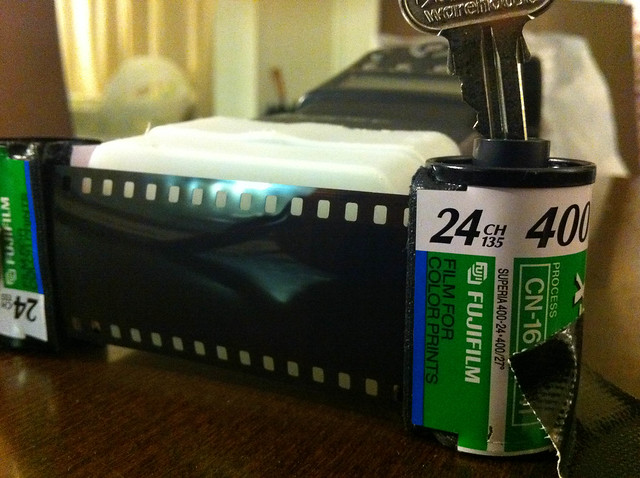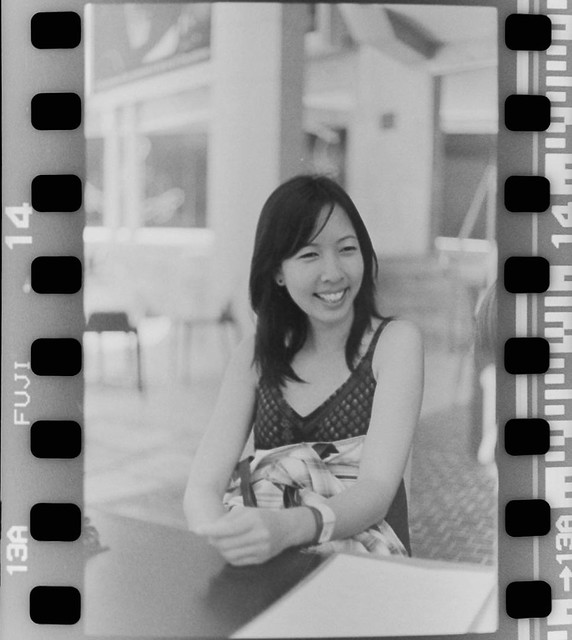That's a bummer!
How large is your piece of opaque plastic?
Reason I ask is that the Nikon PB-4's slide copy adapter uses a plain jane piece of opaque plastic as the light source diffuser .. no texturing.
The size of the diffuser is approx the size of a 35mm frame give or take an unmeasurable mil or so .. so maybe the size is important?
I had the halogen light source(20W) quite close to the diffuser itself, and while I know they can produce a fair bit of heat, it never became an issue in terms of causing the film or slide adapter to get over hot in any way.
In terms of exposure, and considering my quick and inexperienced setup method, the images I received back on the camera were all close to perfect.
My only issue is the inability to invert the negs easily in software.







 Thanks useful information:
Thanks useful information: 









 Reply With Quote
Reply With Quote Threadstarter
Threadstarter
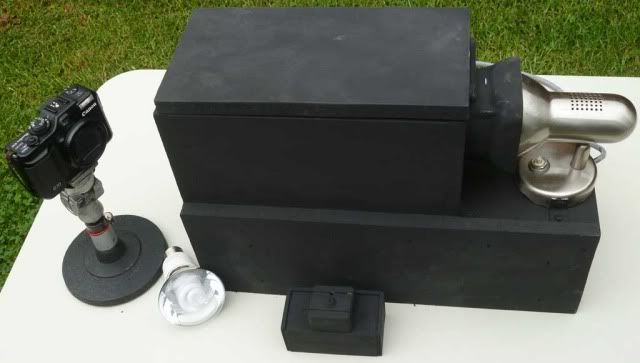
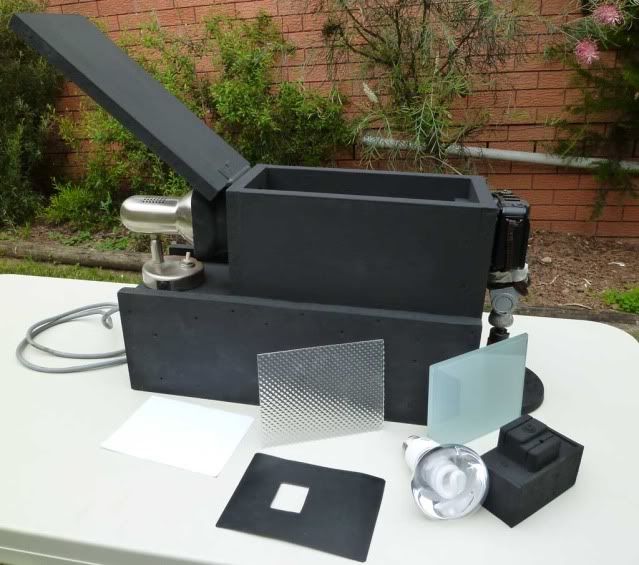
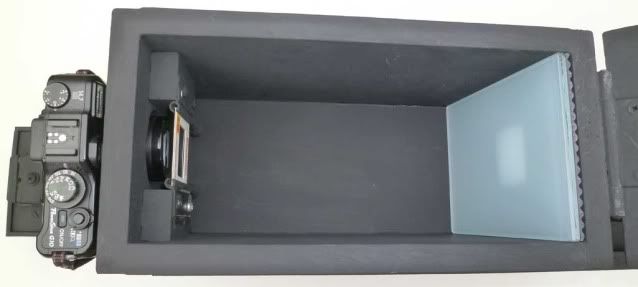
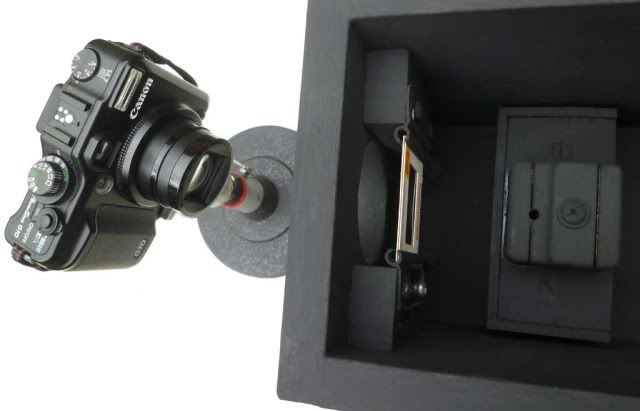
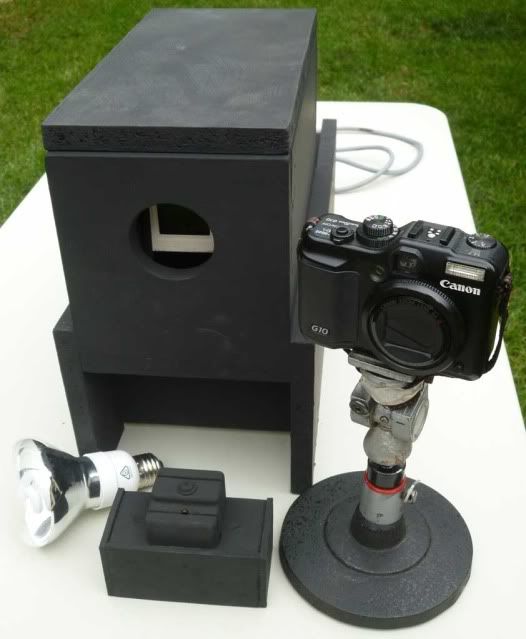
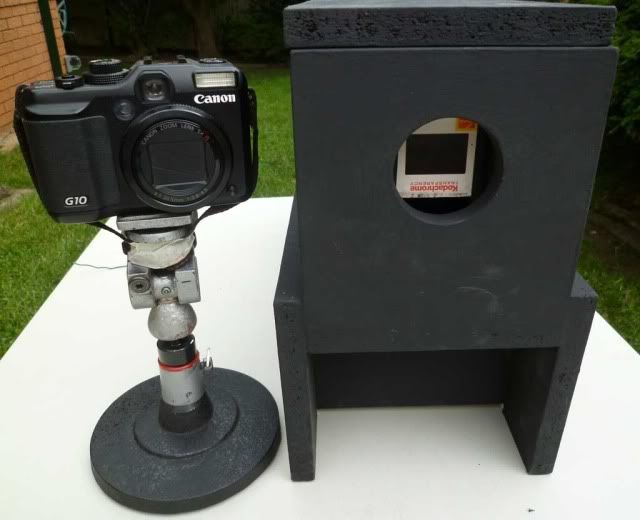





 Nikon D810: D600 (Astro Modded): D7200 and 'stuff', lots of 'stuff'
Nikon D810: D600 (Astro Modded): D7200 and 'stuff', lots of 'stuff' 







 ) images have come up ok .. although I have been slack and not really got into as much as I thought I was going too ... but at the moment I'm still in more of a testing phase.
) images have come up ok .. although I have been slack and not really got into as much as I thought I was going too ... but at the moment I'm still in more of a testing phase.







